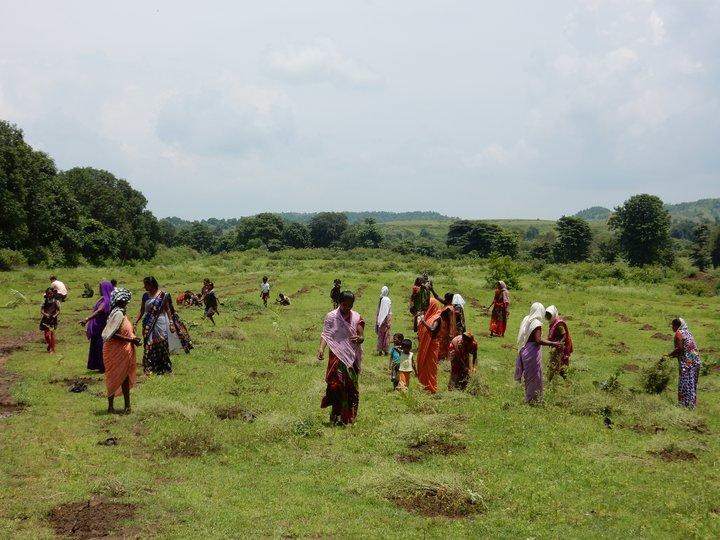Seeds for Restoration - a global survey calls for contributions

Restoring hundreds of millions of hectares of degraded forestlands will require billions of tree seeds and seedlings. This month, we invite restoration practitioners to take a survey to help identify current problems, good practices and recommendations for improving tree seed and seedling supply for forest and landscape restoration.
Restoring hundreds of millions of hectares of degraded forestlands will require billions of tree seeds and seedlings. This month, we invite restoration practitioners to take a survey to help identify current problems, good practices and recommendations for improving tree seed and seedling supply for forest and landscape restoration.
Take the ‘Seeds for Restoration’ survey in English, French and Spanish until the 16th of November.
One of the 17 Sustainable Development Goals adopted at the United Nations Summit on 25 September 2015 aims to reverse land degradation which is estimated to directly affect 1.6 billion people and 74 per cent of those living in poverty worldwide. Goal 15 affirms the earlier commitments to restore 150 million hectares of degraded landscapes and forest lands by 2020 and at least another 200 million hectares by 2030. In response, countries across the world are setting their own targets for forest and landscape restoration which currently amount to at least 60 million ha.
While the Goals and commitments are laudable, they are a long way from implementation.
Restoring just a hectare of degraded or deforested land back to a functional ecosystem that provides goods and services for people living around it may easily require a thousand tree seedlings. Consequently, seedlings are needed in billions in the next 5-15 years if the global and national restoration commitments are to be met.
Are the current tree seed and seedling supply systems capable of producing and distributing such amounts of propagation material in the coming years?
Many, if not most, seedlings will probably colonize the intended restoration sites on their own through natural dispersal and recruitment rather than through planting or seeding. Nevertheless, the seeds will still need to come from somewhere, and in these cases the sources are usually the remaining natural forests in the landscape. Are they large and healthy enough to provide enough seed also for the surrounding areas, and to support the necessary populations of seed-dispersing animals, birds and insects?
Bioversity International together with the regional forest genetic resources networks in Asia and the Pacific (APFORGEN), Sub-Saharan Africa (SAFORGEN) and Latin America (LAFORGEN) seeks answers to these questions though a global survey among restoration practitioners, with the aim of identifying current problems, good practices and recommendations for improving tree seed and seedling supply for forest and landscape restoration.
Take the ‘Seeds for Restoration’ survey in English, French and Spanish until the 16th of November.
The survey also marks the launch of APFORGEN’s new website that compiles the achievements of the 14-country network since its establishment in 2003 and latest news related to the conservation and sustainable management of the regions’ vast forest genetic resources.
Recently, members of APFORGEN, including Bioversity International, contributed significantly to the State of the World’s Forest Genetic Resources report of United Nations Food and Agriculture Organization (FAO), developed a Regional Strategy to support the implementation of the Global Plan of Action of Forest Genetic Resources and established regional working groups to improve conservation of target species, facilitate forest and landscape restoration and mobilize political and financial support for its cause.
~~~
Do you #ThinkLandscape? Sign up for the next edition of the Global Landscapes Forum that will take place in Paris this year.
Photo: Women and children planting native fruit tree species on communal land in Mandla, Madhya Pradesh, India. Credit: IORA Ecological Solutions Ltd.
